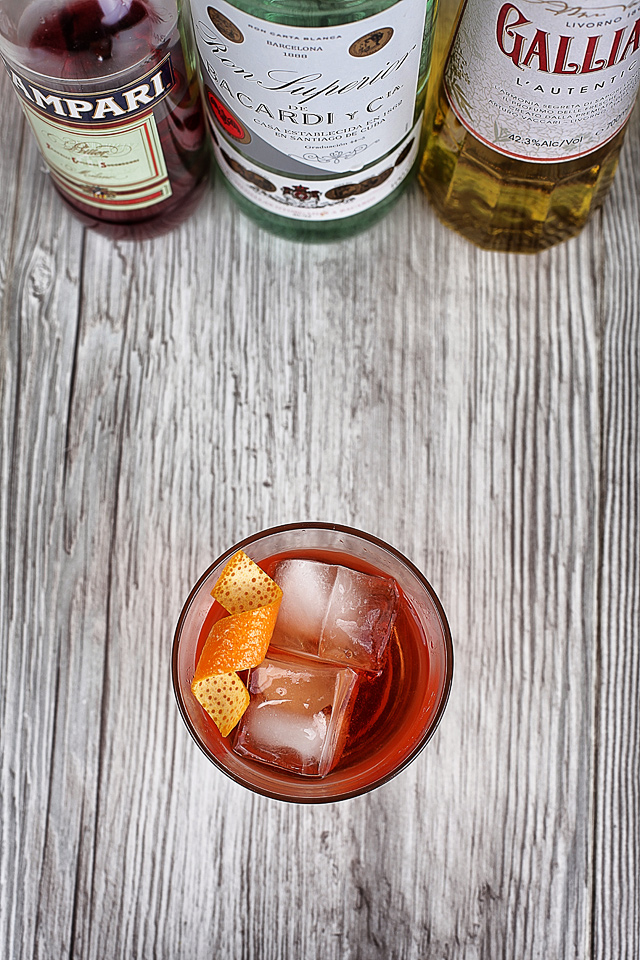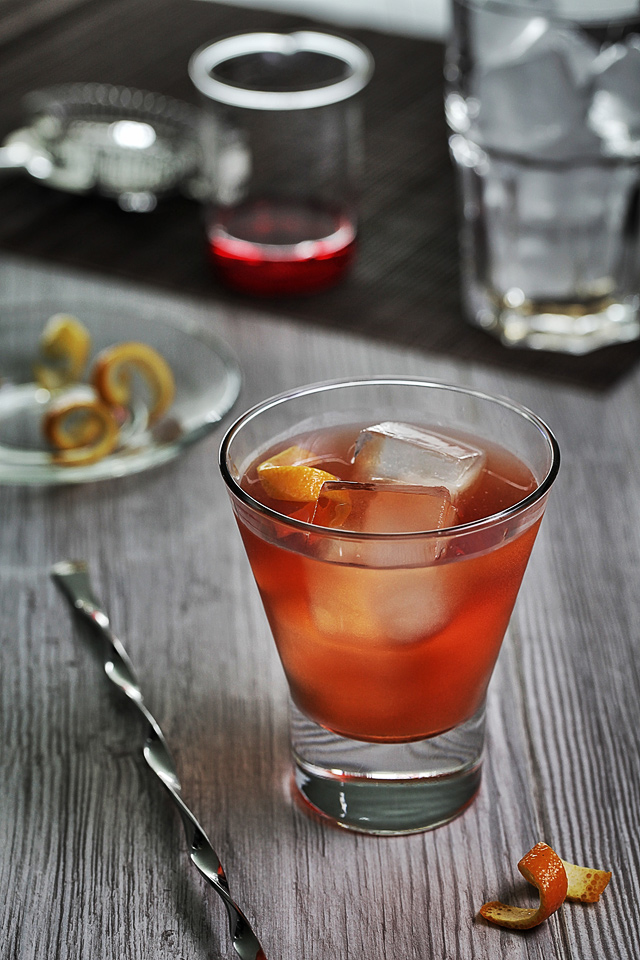Well, despite having quite a difficult time for cocktail blogging (my country is still under a villainous attack), I still continue my exploring of such a great phenomenon as the American Cocktail. However, today I am going to deal with two totally European (specifically Italian) things that had been a great part of an American Cocktail practically since the Golden Age. I am talking about red vermouth and one of the best cocktails which utilize it – Negroni Cocktail.
I have at least two big reasons to review my love for Negroni – one is getting an acquaintance with a pretty nice twist on a classic Negroni – the Contessa Cocktail and the other is a long-awaited testing of Carpano Antica Formula – one of the most celebrated sweet vermouths.
This post was started right before the New-Year’s Day while I was looking through my site stats (You see, WordPress.com sends a pretty cute yearly review every December). And I was really surprised that my last posts (I mean, posts that were written during the last few years) weren’t as popular as the earlier ones (about all kinds of stuff like Creme Brulee Martini, Long Island Iced Tea or Passion Cosmo :) Seemingly, my new, refined cocktail taste, which has been forming for years, does not satisfy an average reader… But similar things I notice also with my guests, when trying to share with them my latest favorite concoctions. Actually it does not bother me that much ;) , but sometimes I am thinking of, you know, popularizing of the cocktail culture, so I should be ready to offer my guests something more acceptable as an entry point in a wonderful world of True Cocktails.

There is usually no problem to offer such a drink to a newbie if we speak about highballs, sours or tikis. But if we speak about aromatic cocktails, it seems to be an issue. Especially it is difficult in case of Negroni – undoubtedly, one of the best aromatic cocktails in the world.
Obviously the main challenge of aromatic cocktails is a combination of strength and bitterness. And we must admit it, not all people are ready to take it up 8) At any rate – from the first sip (but, probably, many of them would be ready for a second one, if only the first wasn’t SO bitter ;)
Thus, this challenging bitterness of Negroni, which is considered as its main merit by the connoisseurs, might be an insuperable difficulty for a newbie. Maybe it sounds grotesque to somebody, but it is a bitter truth in the case of Negroni 8) It contains a significant amount of Campari – a palatable bitter from Italy, which, by the way, wasn’t banned even during Prohibition as a result of its strong bitter taste. No joke!
That is why I guess it is so important to have some trick or some secret that will be able to make your favorite Negroni slightly more palatable (but not worsen it!) for your dear newbie but still so enjoyable for you 8) And, it seems, now I’ve found such a trick! 8)
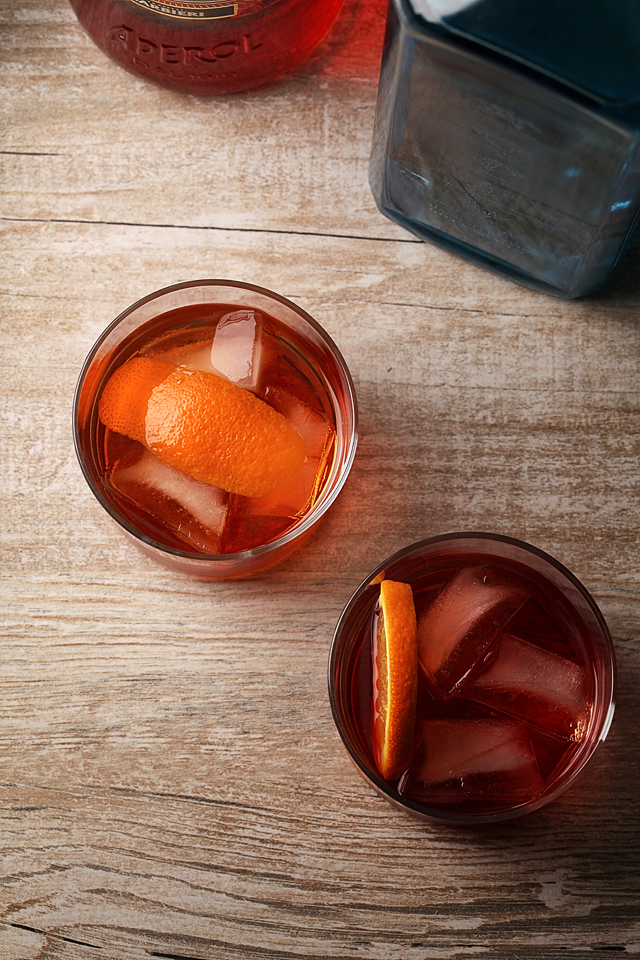
As a matter of fact this is absolutely easy and obvious – just switch “the Great and Powerful» Campari to a thing, that sometimes is defined as baby-Campari, – the Aperol.
Campari and Aperol are pretty similar – both are classified as aperitif, both are based on some herbal stuffs – herbs, roots, citrus fruits etc. Finally they both have a bright red color! And they both have an unique rich bitter-sweet taste which encapsulates great Italian lifestyle feeling. So, even though they have different bitterness and alcohol content, they have similar style.
I tasted this switch in the Contessa cocktail, the recipe for which I had found on Serious Eats a long time ago. But it may be not an original idea – there are many bartenders who come up with this trick. So, this name is relatively nominal.
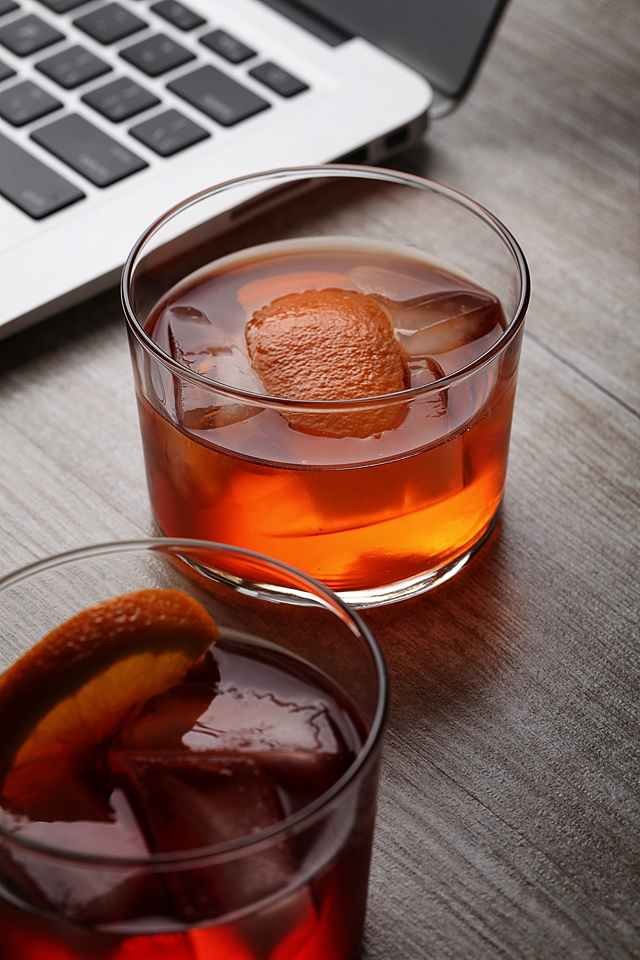
Aperol Negroni aka Contessa Cocktail
30 ml gin
30 ml sweet vermouth
30 ml Aperol
Stir with ice and strain over a large ice cube into an old-fashioned glass. Garnish with an orange twist.
I think, the best definition for Contessa Cocktail is a bland Negroni. As for me, it is still a good Negroni because it still is a rich, bitter-sweet, full of herbs, botanicals, species, velvety smooth aromatic drink. The only difference is an absence of a challenge 8) But if it is necessary, you can explore No Baloney Negroni – another Aperol Negroni version from Camper English ;)
As I could ascertain Contessa cocktail was an universal favourite with many people, who usually didn’t enjoy aromatic cocktails, especially women. So, this cocktail gave me an opportunity to share my love for Negroni with some people I love 8) Perfect!
And finally I want to say some words about a true classic Negroni, especially about the red vermouth in it.
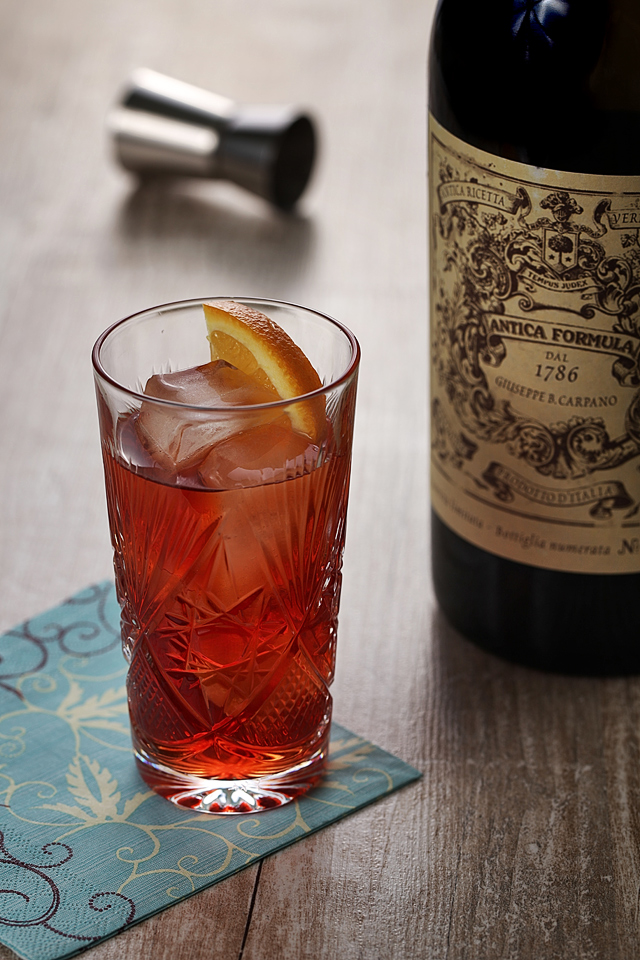
Can you belive it, that in spite of being a huge fan of aromatic cocktails, especially Martinez, Negroni, Manhattan, I have never tasted such an exciting and famous rosso vermouth as Carpano Antica Formula? Actually this vermouth is absolutely unavailable on the Ukrainian market as well as in the duty-free shops that were visited by my wife 8) So, I always contented myself with available rosso vermouths – such as Martini & Rosso, Cinzano and Gancia and, I’m pretty sure, I always obtained good results [Certainly I avoid using cheap local vermouths or suspiciously cheap brands]. But, of course, I had been dreaming about Carpano Antica Formula for a long time.
The reason of this long-term dreaming was so obvious. A vast majority of American cocktail bloggers, bartenders, enthusiasts consider Carpano Antica Formula the best rosso vermouth in the world and the most authentic ingredient for many classic vermouth libations, especially Manhattan [even though it is vermouth alla vaniglia – a slightly different kind of vermouth than a regular rosso vermouth di Torino]. So, I could not slur the fact over and I must have made quite an effort to obtain this legendary vermouth and scrutinize it. I was extremely curious whether it could bring something new and unique to my beloved cocktails. I started with a Negroni Cocktail.
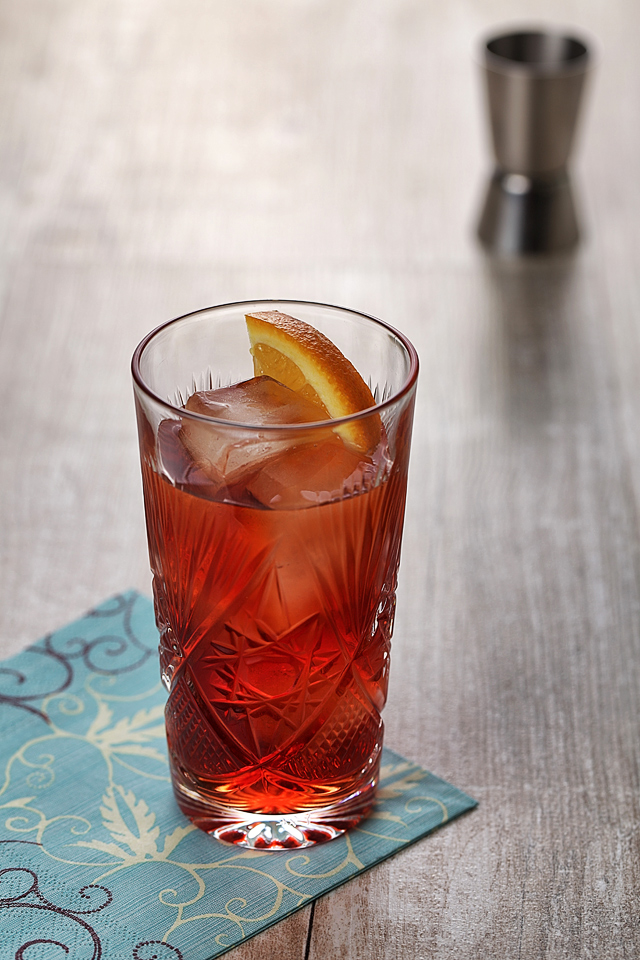
Negroni Cocktail
30 ml gin
30 ml sweet vermouth
30 ml Campari
Stir with ice and strain over a large ice cube into an old-fashioned glass. Garnish with an orange wedge.
Before describing my impressions of a Negroni Cocktail with Carpano Antica Formula vermouth, let me point out some main Negroni characteristics which make a Negroni Negroni. Strong bitterness. Herbal richness. A powerful palate full of botanicals. A well balanced bitter-sweet drink. Theoretically, a difference between two good Negronis may be attributed to the peculiar properties of gin / rosso vermouth. Also, the sweetness of vermouth matters. Being a protagonist of an ancient cocktail feeling, or, in simpler terms, having a sweet tooth, I prefer cocktails balanced on the sweet side and, consequently, I love really sweet sweet vermouth in my cocktails 8) Thus, I’ve preferred Gancia Rosso in my Negronis for a long time.
Well, getting back to the point, the Negroni Cocktail with Carpano Antica Formula vermouth was perfect! So rich. So flavorful. With a palate full of herbs, roots and, well, beans ;) With an extremely pleasant vanilla note. Great! But… You know… It wasn’t greater than my regular Negroni with a Gancia Rosso 8) Rather different, yes, great, but not better. And I don’t think that it is something bad ;)
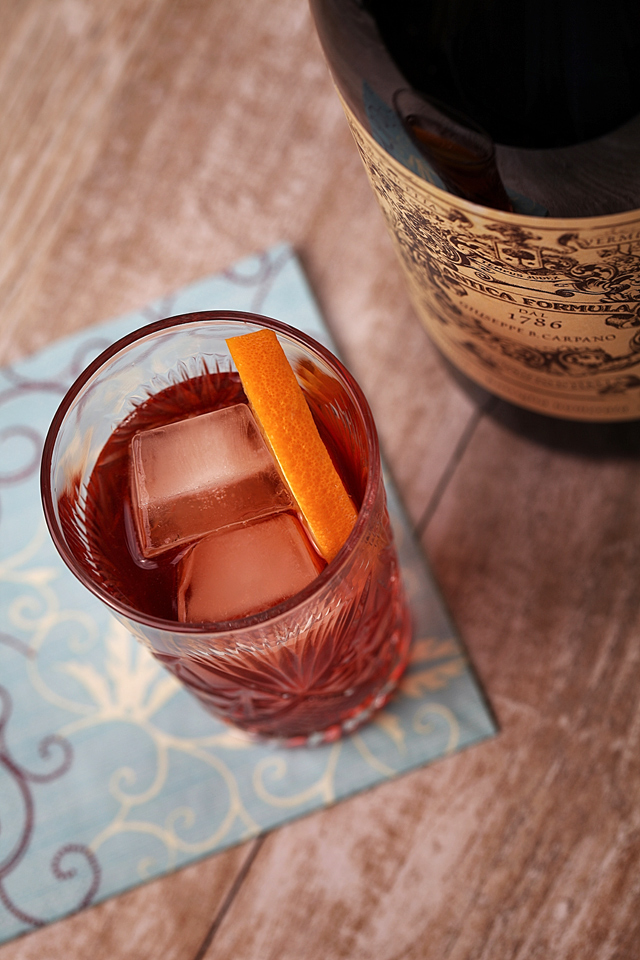
As it often happens, life made my cocktail adventures even more interesting – as soon as I possessed the Carpano Antica Formula I suddenly ran into another fancy red vermouth product – Cinzano 1757, so I had a great opportunity to organize a real «Antica Formula» red vermouth contest 8) [As a matter of fact an Ukrainian label of Cinzano 1757 vermouth contains such a signature, also the Gancia Rosso Vermouth label has signatures «1850» and «Antica Ricetta», so, they match this contest too ;)]
Straight up, on the rocks or in the Negroni – neither could let me pick a winner. In fact, as such a cool vermouth adept as Martin Doudoroff notices, there isn’t a champion platonic ideal :) At least all of these three «antica formula» vermouths are great products which give rich, deep, powerful, very aromatic cocktails. So cool. So distinguished. Just as I love 8)
Continue reading “Contessa Cocktail (and Negroni Antica Formula)”
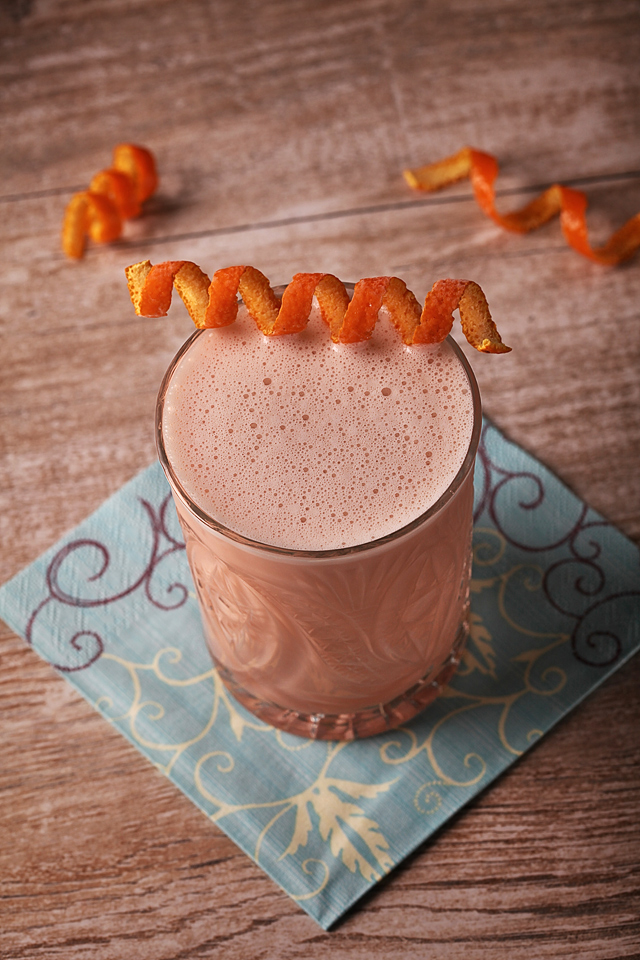
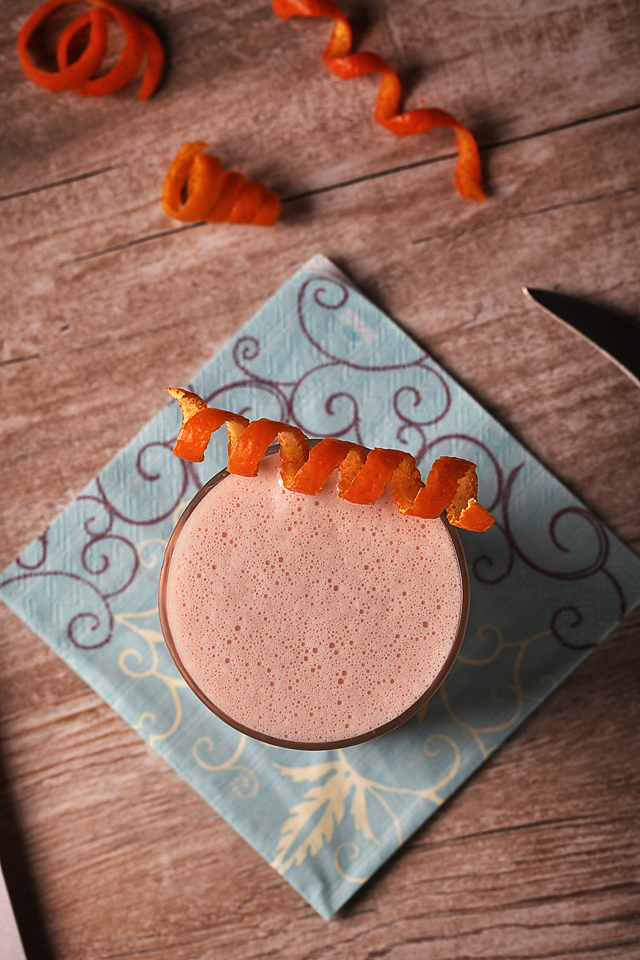

 english
english русский
русский





